The Transformative Capabilities of 3D Printing in Education
Case Studies
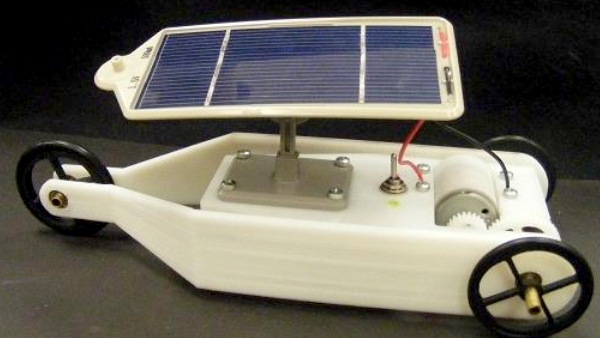
3D Printing in Education: Benefits, Industry, and Classroom Applications
3D Printing in Education
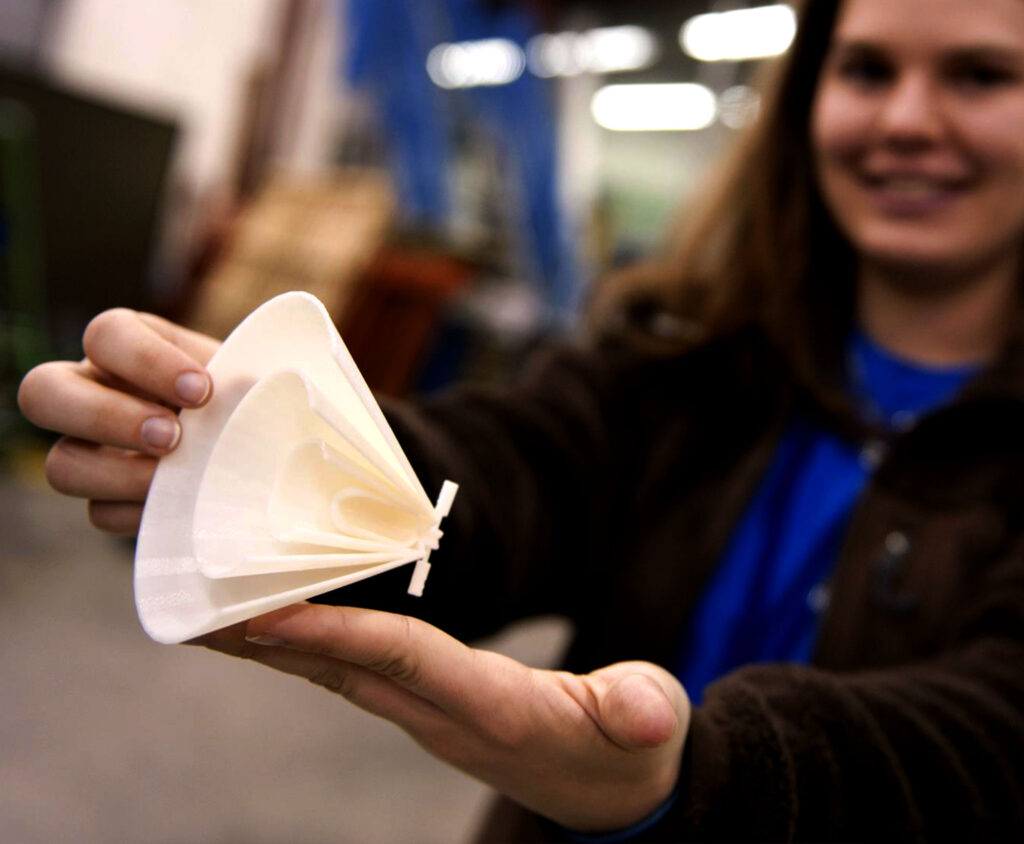
Visualization of Abstract Concepts and Promotion of Innovation:
FDM and PolyJet 3D printing make abstract concepts in subjects like geometry, math, and chemistry more tangible. Students can print geometric shapes and molecular models, enhancing comprehension. Moreover, these technologies foster innovation and entrepreneurship, encouraging students to prototype and think creatively. This visual and innovative approach prepares them for future tech and innovation careers.
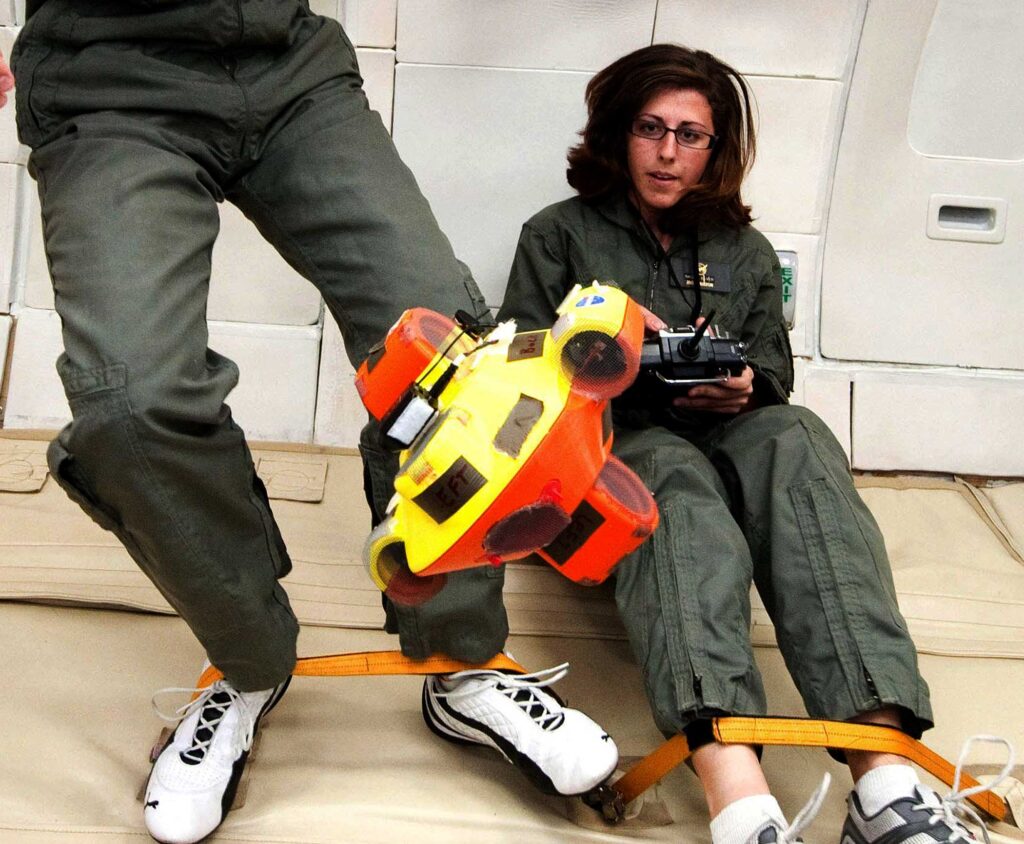
Career Readiness and STEM Education:
Another benefit of 3D printing the in the classroom is that 3D printing technology prepares students for promising careers in aerospace, healthcare, and manufacturing, enhancing their job market prospects. Exposure in educational environments equips them with valuable skills, bolstering their competitiveness. Furthermore, these methods greatly benefit STEM education by enabling students to create engineering prototypes, robotics parts, and architectural models. This hands-on experience effectively bridges the gap between theory and practical application, aligning with the essential principles of modern curricula.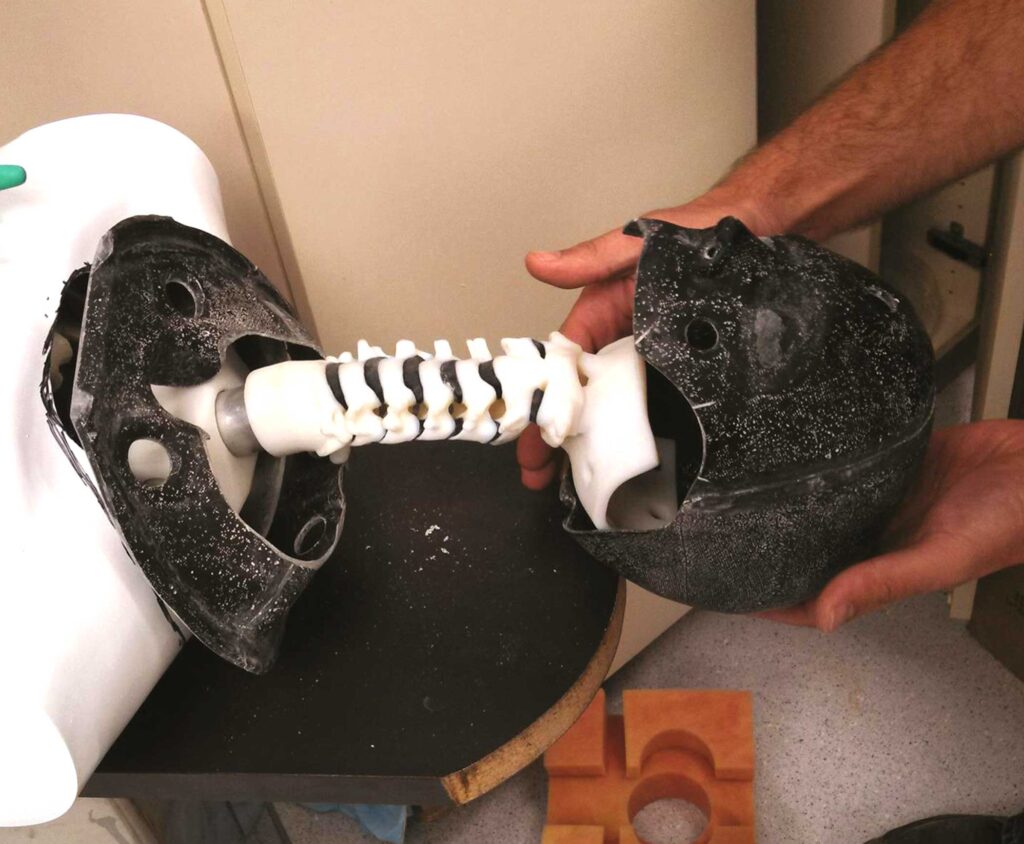
Interdisciplinary and Hands-On Learning with 3D Printing:
3D printing encourages interdisciplinary learning by merging various subjects and skills such as art and engineering, biology and design, and history and technology within collaborative projects. This mirrors real-world challenges and holistically prepares students for future careers. These technologies provide hands-on learning experiences that go beyond traditional methods, fostering creativity and problem-solving. Students transform their ideas into tangible objects, whether scientific prototypes or historical replicas, enhancing their comprehension of complex concepts practically and memorably, contributing to a well-rounded education.
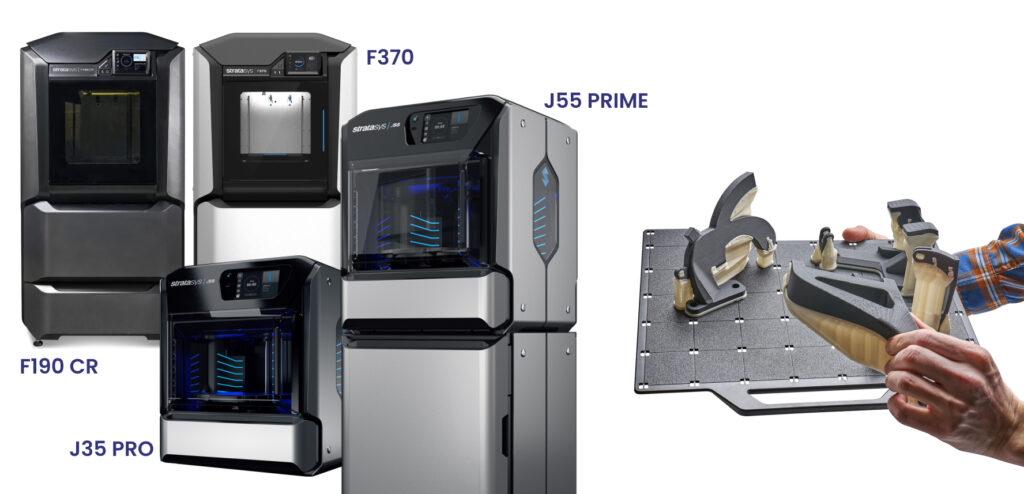
STRATASYS 3D Printers for Education
Safe.
Reliable.
Precision.
Convenient.
Effective 3D Printer for Education:
Selecting the right 3D printer for education is crucial. It’s important to choose a printer that is user-friendly, safe for classroom use, and capable of producing high-quality prints. This ensures that educators can effectively incorporate 3D printing into their curriculum and provide students with the best learning experience.
Educational 3D Printer:
An educational 3D printer should not only meet the technical requirements but also align with the goals of the educational institution. It should support the diverse needs of students and educators, facilitating a seamless integration of 3D printing into the classroom.




